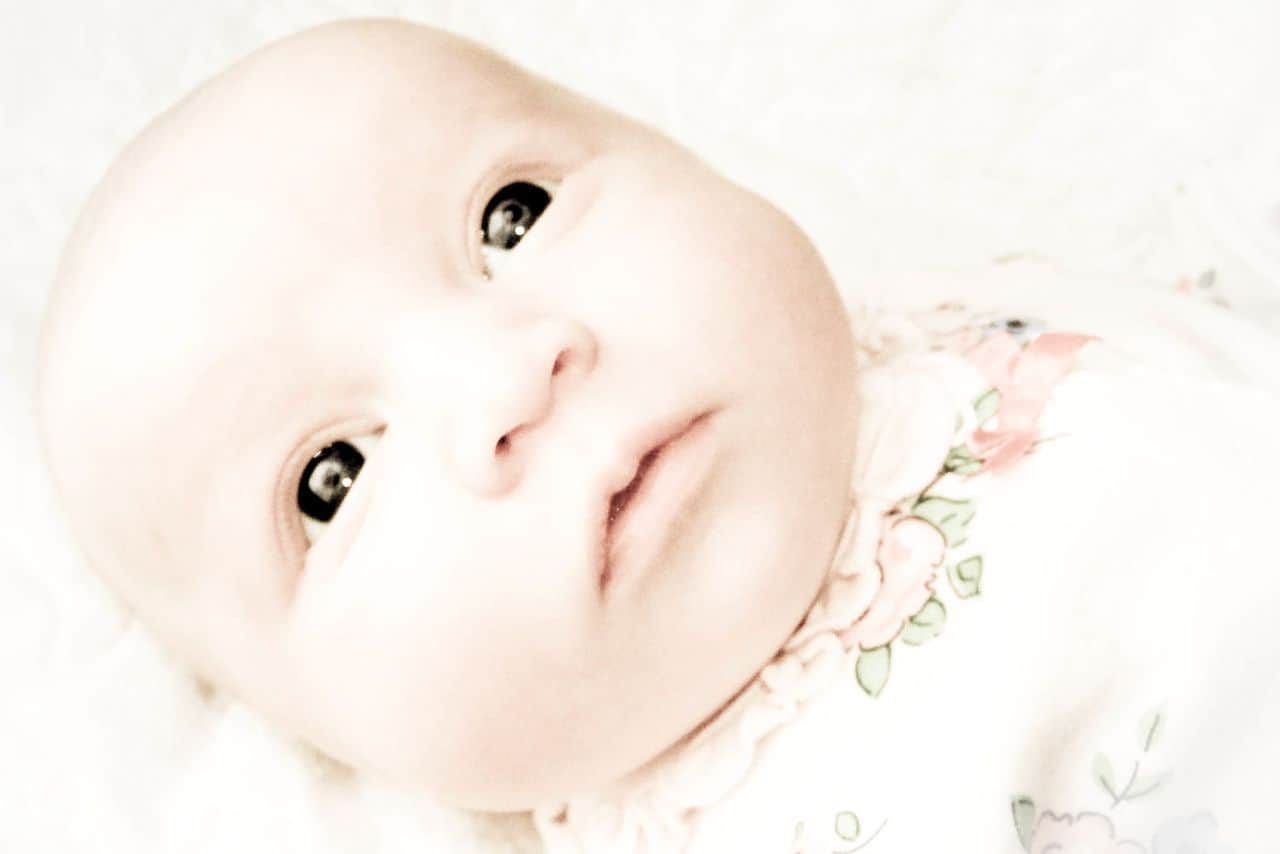National RSV Awareness Month

This post was sponsored as part of an Influencer Activation for Influence Central and all opinions expressed in my post are my own.
As a mom who has held her tiny daughter diagnosed with RSV, it can be overwhelming. When my daughter was about a year old she started showing symptoms of the common cold or flu. She was having a hard time breathing and I was understandably nervous. We took her to Urgent Care and the doctors there tested her for RSV, which came back as positive. At that point I did not know what RSV was or that it affects nearly 100% of infants by the age of two.

We got through her bout of RSV thankfully, but informing people about what RSV is important. October is National RSV (Respiratory Syncytial Virus) Awareness month. RSV is a highly contagious, seasonal virus that can affect young children under the age of 2 from November –March.

So what are the symptoms? In most babies, RSV leads to a mild respiratory infection that has symptoms similar to the common cold or flu. However in some cases it can develop into a much more series disease where they have trouble breathing, turn bluish in color, fever, coughing that does not stop and the ability to not catch their breath. Super scary and frightening not only for parents but the infants as well.
Unfortunately there is no current treatment available, but learning the symptoms of RSV and taking preventative measures can help protect little lungs from severe RSV disease.
Preventative Measures to Protect Little Lungs
- Wash hands before interacting with infants.
- Wash toys and surfaces frequently.
- Keep children away from those who may be sick or large crowds.
- Ask your pediatrician if your infant is at high risk for RSV disease.
While following these preventative measures are not 100% in preventing your little one from RSV disease, the may decrease the chance of them contracting a severe case. Those babies that were born prematurely (earlier than 35 weeks gestational age) are at a higher risk to contract RSV.

For more information about RSV visit the Little Lungs website and help spread the word and precautions each and every family can take to keep their babies safe.
